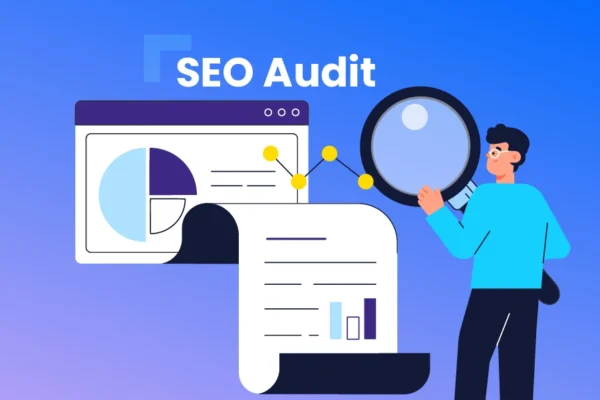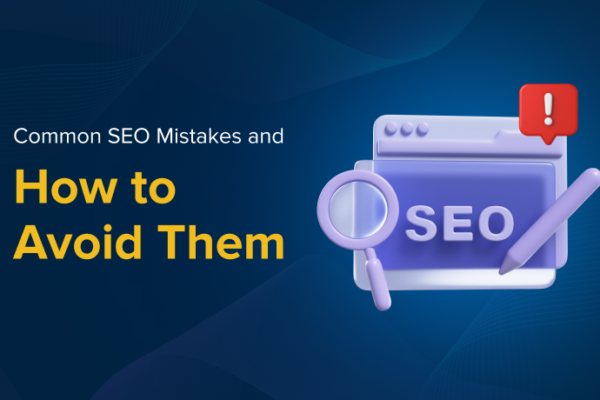Technical SEO helps your website work better behind the scenes. Sometimes, there are hidden problems like broken links, slow loading pages, or missing tags that hurt your Google ranking. Solving these issues can make your site faster, easier to find, and more user-friendly.
What is Technical SEO?
Technical SEO is the part of SEO that focuses on making a website easy for search engines to find, read, and understand. It includes things like making sure the website loads fast, works well on phones, has clear website structure, and uses the right codes so search engines can see all the pages. Technical SEO also involves fixing errors like broken links or missing pages. When a website is technically strong, it helps the site show up better in search results and makes it easier for people to find it online.
The Role of Technical SEO
Technical SEO is the foundation that helps search engines easily find, crawl, and index a website. It focuses on optimizing the website’s infrastructure and backend elements rather than content or keywords.
Key roles of technical SEO include:
- Improving Website Speed: Fast-loading sites provide better user experience and rank higher in search results.
- Ensuring Mobile-Friendliness: Optimizing the site for mobile devices is crucial as most users browse on smartphones.
- Fixing Crawl Errors: Making sure search engine bots can access and navigate the site without issues.
- Optimizing Site Structure: Creating a clear and logical URL hierarchy and internal linking helps search engines understand the site.
- Implementing Secure Protocols (HTTPS): Enhances user trust and is favored by search engines.
- Managing Robots.txt and Sitemap: Guides search engines on which pages to crawl and index.
In summary, technical SEO ensures that a website is well-structured, fast, secure, and easy for search engines to access, which helps improve rankings and organic traffic.
Technical SEO: How to Identify and Fix Hidden Website Issues
Technical SEO ensures your website is accessible and easy for search engines to crawl and index. Hidden issues can hurt your rankings, user experience, and site performance.
🔍 Here’s how to identify:
✓ Use tools like Google Search Console, Screaming Frog, or Ahrefs to scan your site
✓ Check for broken links, slow page speeds, duplicate content, and missing meta tags
✓ Review your robots.txt and sitemap files to ensure proper indexing
✓ Test mobile-friendliness and secure HTTPS setup
🔧 How to fix these issues:
✓ Repair or remove broken links
✓ Optimize images and code to improve page speed
✓ Remove or consolidate duplicate content
✓ Update or add missing meta titles and descriptions
✓ Ensure your robots.txt and sitemap are correctly configured
✓ Use responsive design for mobile and implement SSL certificates
Regular technical SEO audits help keep your website healthy, improve rankings, and enhance user experience.
















